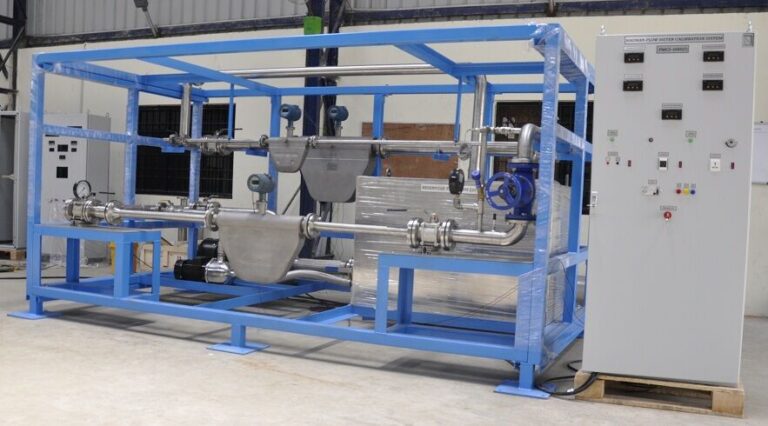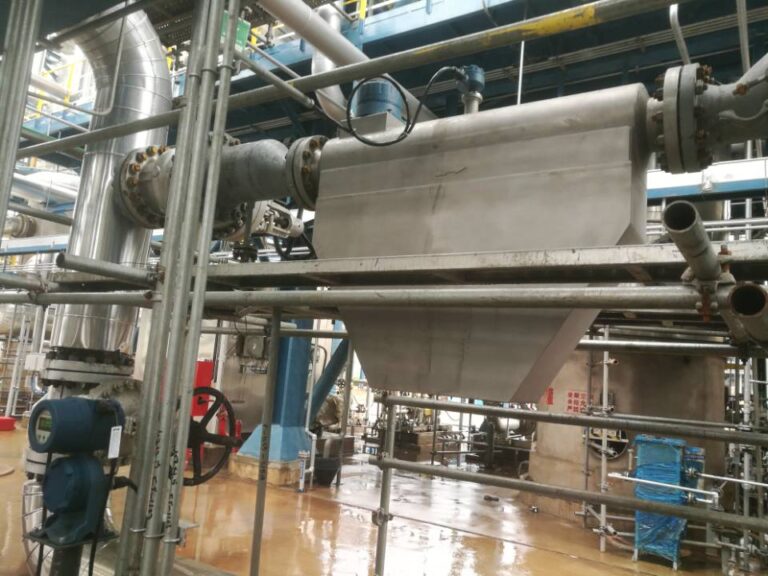Introduction
Process detection and control instruments play a crucial role in ensuring production safety and smooth operation. Whether an instrument is functioning properly is directly related to the continuity and safety of chemical production. Therefore, maintaining and servicing instruments is essential.

Instrument Maintenance
Daily maintenance of instruments reflects the preventive ideology of Total Quality Management (TQM). Instrument technicians must carefully perform routine maintenance to ensure the instruments operate normally.
Routine maintenance includes:
- Routine inspections
- Regular drainage
- Regular lubrication and anti-corrosion measures
- Frost prevention checks
- Fault handling

1. Routine Inspections
Instrument technicians typically have assigned areas of responsibility. Based on the layout of the instruments, they should determine inspection routes and inspect at least once daily.
Key elements of the routine inspections include:
- Understanding the operational status of instruments by consulting with the on-duty process personnel.
- Verifying the readings of instruments to ensure consistency between field instruments (transmitters), control room displays, and the Distributed Control System (DCS) workstation indicators.
- Checking the 24V power supply and air pressure to ensure they are within the required range.
- Inspecting insulation, especially during winter.
- Examining instruments for damage and corrosion.
- Ensuring there is no leakage at the interface between the instrument and the process.
- For outdoor instruments in harsh environments, using protective measures like plastic bags to prevent damage.
- Ensuring the proper functionality of alarm and interlock devices, conducting regular tests, and recording the results.

2. Regular Drainage
For instruments handling easily condensing, crystallizing, or depositing media, regular drainage may be required. Instruments commonly needing drainage include differential pressure transmitters, pressure transmitters, and float level meters.
Precautions:
- Coordinate with process personnel before draining.
- Switch systems like flow or pressure regulation from automatic to manual before drainage.
- Drain carefully to avoid spills, which can cause pollution or waste.

3. Regular Lubrication and Anti-Corrosion
Regular lubrication and anti-corrosion are often overlooked but are essential maintenance tasks.
Items requiring regular lubrication and anti-corrosion include:
- Pneumatic control valves, ball valves, butterfly valves, and electric actuators.
- Hinges and bolts on protective and insulation boxes.
- Bolts and nuts on transmitters and control valves in harsh environments.
4. Frost Prevention Checks
Preventing frost damage is crucial for maintaining instrument integrity during cold weather. Proper frost prevention ensures energy efficiency and prevents instrument malfunctions.
5. Fault Handling
Quickly diagnosing and addressing instrument faults is crucial for ensuring the safety of chemical production. It’s essential to consider both the instrument system and the process operation system when diagnosing faults.

Fault Diagnosis Methods
Handling faults in operational instruments is critical, and it’s important to pinpoint the problem accurately rather than guessing.
1. Monitoring Instrument Faults
Monitoring instruments generally consist of primary elements, connecting wires (or tubes), and secondary instruments. Faults are usually reflected in the secondary instruments, but the issue might originate in the primary element or connections. Faults are often diagnosed by segmenting the system and systematically checking and testing.
Key steps:
- Differentiate whether the fault originates inside or outside the instrument by testing the input terminals with a potentiometer.
- Check if the problem is in the electrical circuits by examining wires and connections.
- Test the measurement bridge circuit and the amplifier to locate any issues.
2. Faults in Automatic Control Systems
Automatic control systems consist of components like transmitters, controllers, control valves, and regulated objects. Faults in these systems can stem from design, installation, parameter tuning, operational management, or other external factors.

3. Faults in Electronic Circuits
When a fault is isolated within the internal circuits of an electronic instrument, several methods can be used to locate the issue:
- Observation: Visually inspect the printed circuit board for visible damage like broken connections or burned-out components.
- Segmentation: Test individual circuit components to isolate the faulty part.
- Signal Tracing: Apply a normal signal and use an oscilloscope to track changes throughout the system.
- Component Replacement: Substitute suspected faulty components with known good ones to see if the fault is resolved.

This comprehensive maintenance and fault detection guide provides crucial methods for ensuring the long-term reliability and safety of process control instruments.
